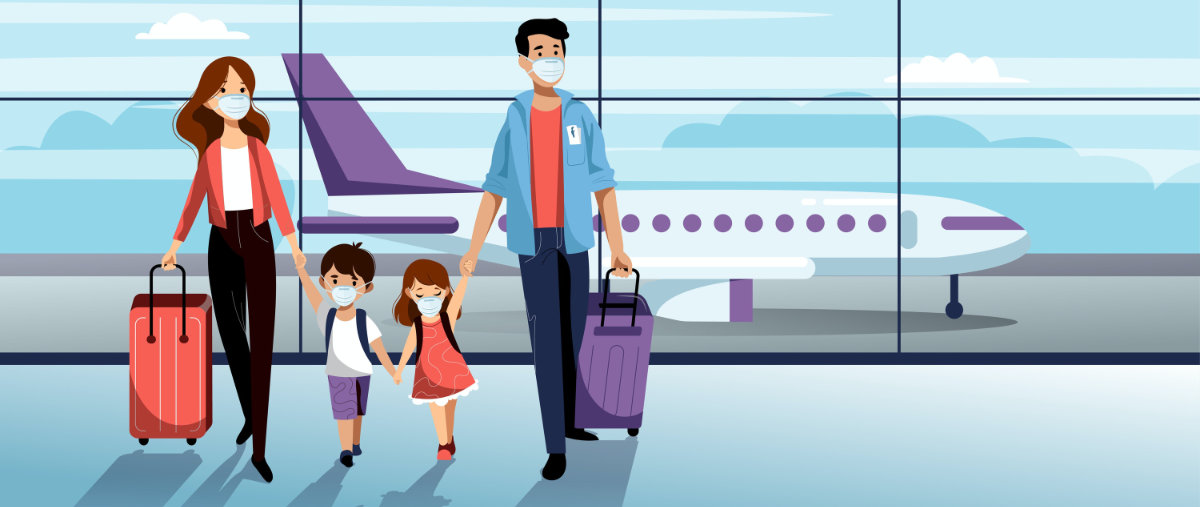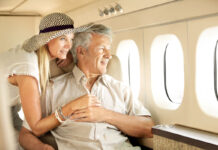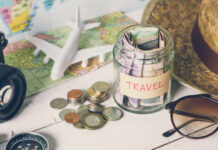Amid grounded aircraft, reluctant tourists, and widespread lockdowns, commercial airlines are facing extremely uncertain times.
The entire industry will have to adapt to survive, but with planes very slowly trundling back onto the runway – EasyJet has announced plans to resume some flights in June – the million dollar question is: how? The short answer is, ‘We don’t know’. Here’s a longer version…
Airports and coronavirus
If you thought current airport bureaucracy was bad, just wait until coronavirus has had its wicked way. Pre-boarding medical checks look set to become the new norm, and in April Dubai-based operator Emirates became the first airline to start testing passengers en masse.
With increased testing could come a parallel passport, certifying a passenger’s bill of health. Early on in the crisis, Chinese travellers were assigned QR codes via an app to signify their current status – green for healthy, yellow and red for not so healthy. There’s no telling whether this would work in the West, and it’s only viable if every passenger remembers to charge their phone.
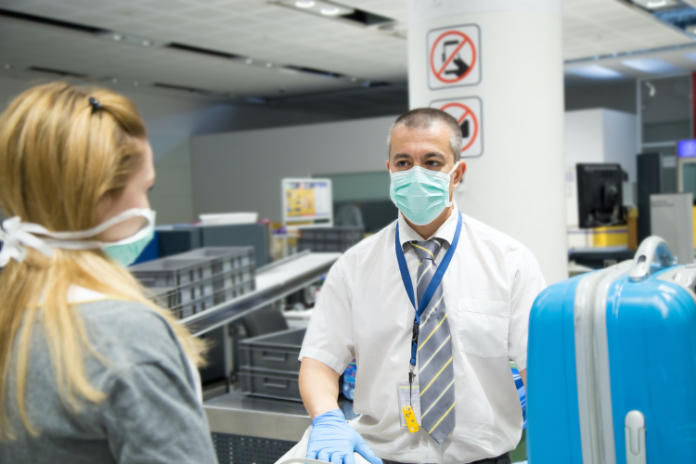
Expect to see an increase in self-service – increasingly prevalent pre-pandemic – to minimise staff-passenger contact, while detection methods such as sniffer dogs are being trialled.
In the UK, Heathrow Airport is currently testing thermal scanners – sensors that can identify passengers with a fever. In the UAE, Etihad Airways is assessing something similar – a voice-activated kiosk monitoring temperature, breathing and heart rate.
I’ve landed in Hong Kong after flying from Paris CDG, via London Heathrow. I now have to wait ~8 hours before I get my #COVID19 test results and thus have ample time to tweet about my experience. pic.twitter.com/jCDPuwrTzL
— Laurel Chor (@laurelchor) May 14, 2020
However, the prize for the most developed response surely goes to Hong Kong International, where authorities are studying a system known as CLeanTech, a full-body disinfection facility in which subjects spend 40 seconds being “sanitised” in a pod.
The airport is also experimenting with antimicrobial coatings, and has deployed a squad of autonomous ‘Intelligent Sterilisation Robots’ – cylindrical droids that roam the walkways dispensing UV light and air sterilisers.
On the plane
Social distancing is difficult in an airborne metal tube, and in plane cabins the potential risk of transmission is sky high. Expect at least some personal protective equipment (PPE) on passengers as well as staff, and masks all round.
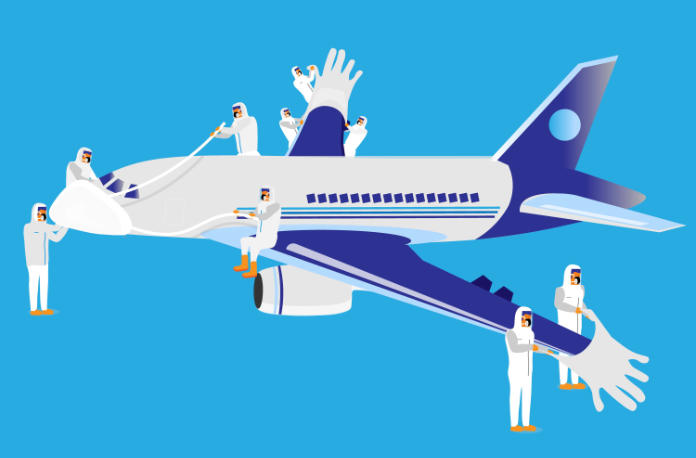
Lufthansa, Singapore Airlines, Air France, and KLM are just a few of the airlines that have already made face masks a requirement, while Qatar Airways has gone a step further and decked out staff in hazmat suits.
Economy class passengers are often crammed in cheek by jowl, and various methods have been mooted to ease in-flight congestion. Armrest sharing is irksome at the best of times, and EasyJet became one of several airlines in April to propose leaving middle seats empty on all flights.
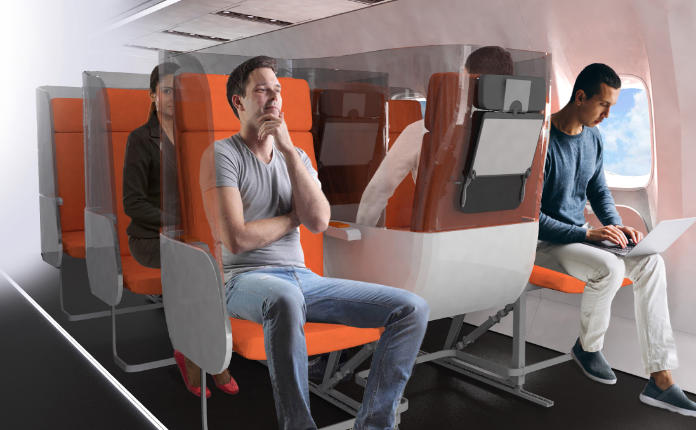
Various structural rethinks have been put forward to re-imagine the classic cabin for the coronavirus age. Italian design firm Aviointeriors has conjured an interlocking seat system called the Janus, in which each middle seat would be reversed and segregated with a curved plastic shield.
Across the aviation industry
Some good news is, plane tickets are likely to be a buyer’s market for some time, so consumers can hopefully expect competitive prices and flexible booking – though these trends may reverse if a lot of carriers fail.
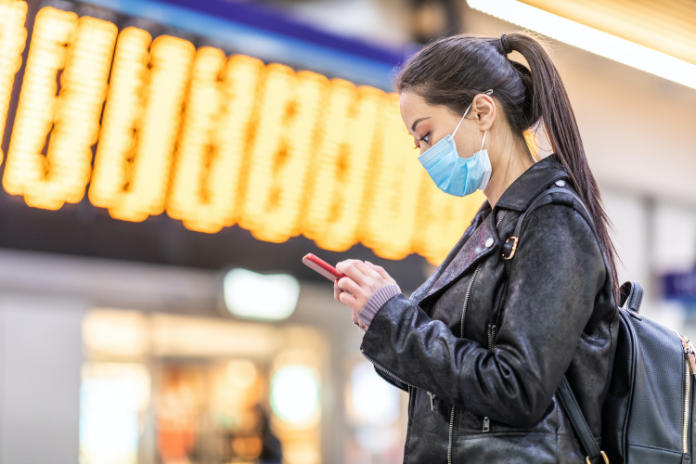
Many observers predict a cabin fever-induced spike in post-pandemic flying, but at least initially any spike will benefit some countries more than others. ‘Travel bubbles’, ‘quarantine corridors’, ‘air bridges’ – whatever you want to call them, flights will probably resume first in closely monitored zones, allowing goods and people to flow between countries with similar infection rates.
In Eastern Europe, Latvia, Lithuania and Estonia have already opened their borders to each other, while Australia and New Zealand have been discussing restarting air links for several weeks.
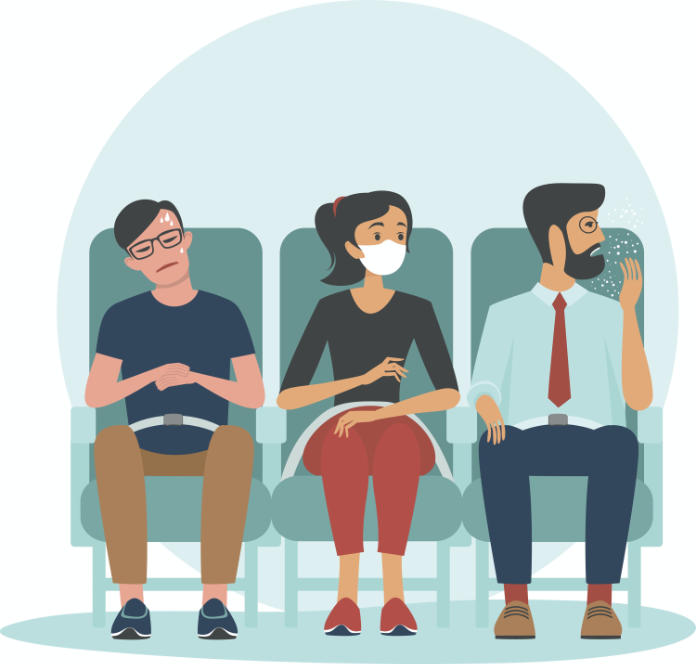
Ultimately, the success and failure of these ventures will rest at least in part on consumer confidence. It doesn’t matter whether your plane is safe or not, if nobody is willing to fly on it.
Recommended: 7 coronavirus ‘cures’ that don’t work.























































